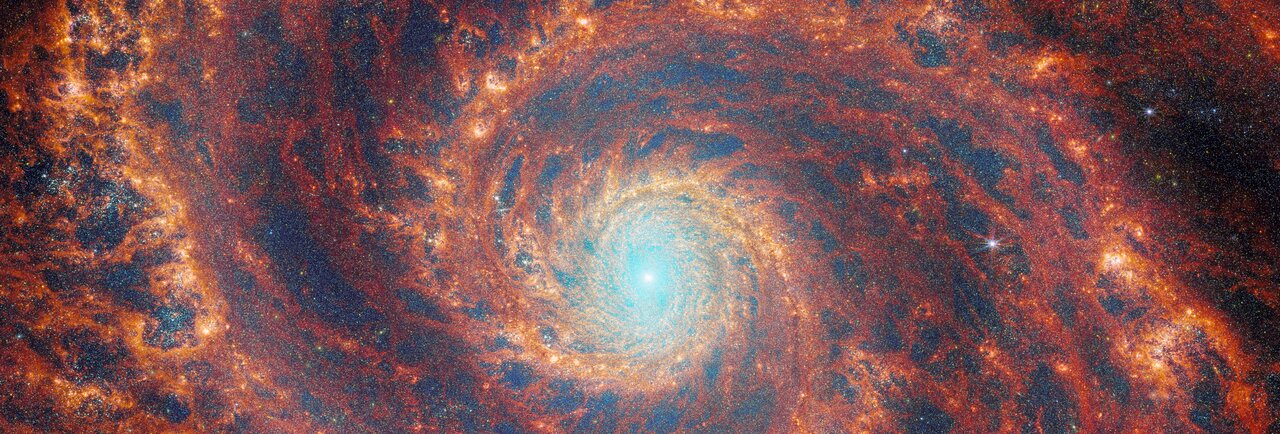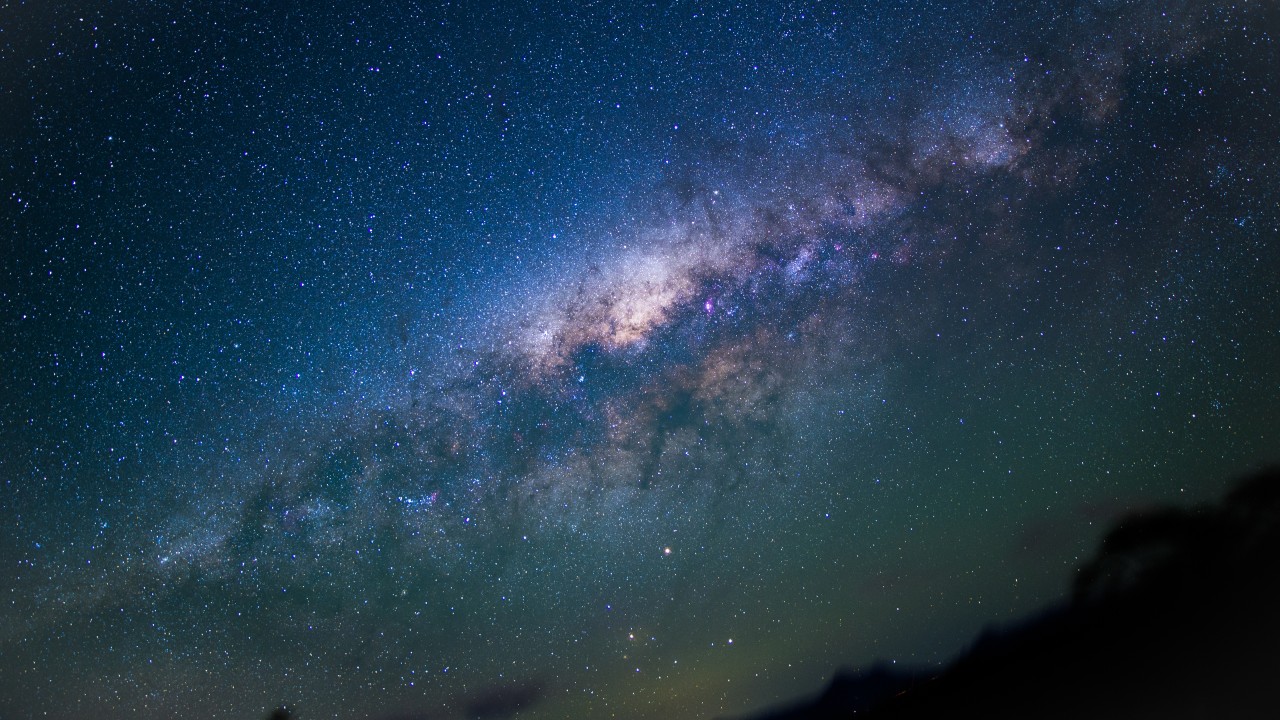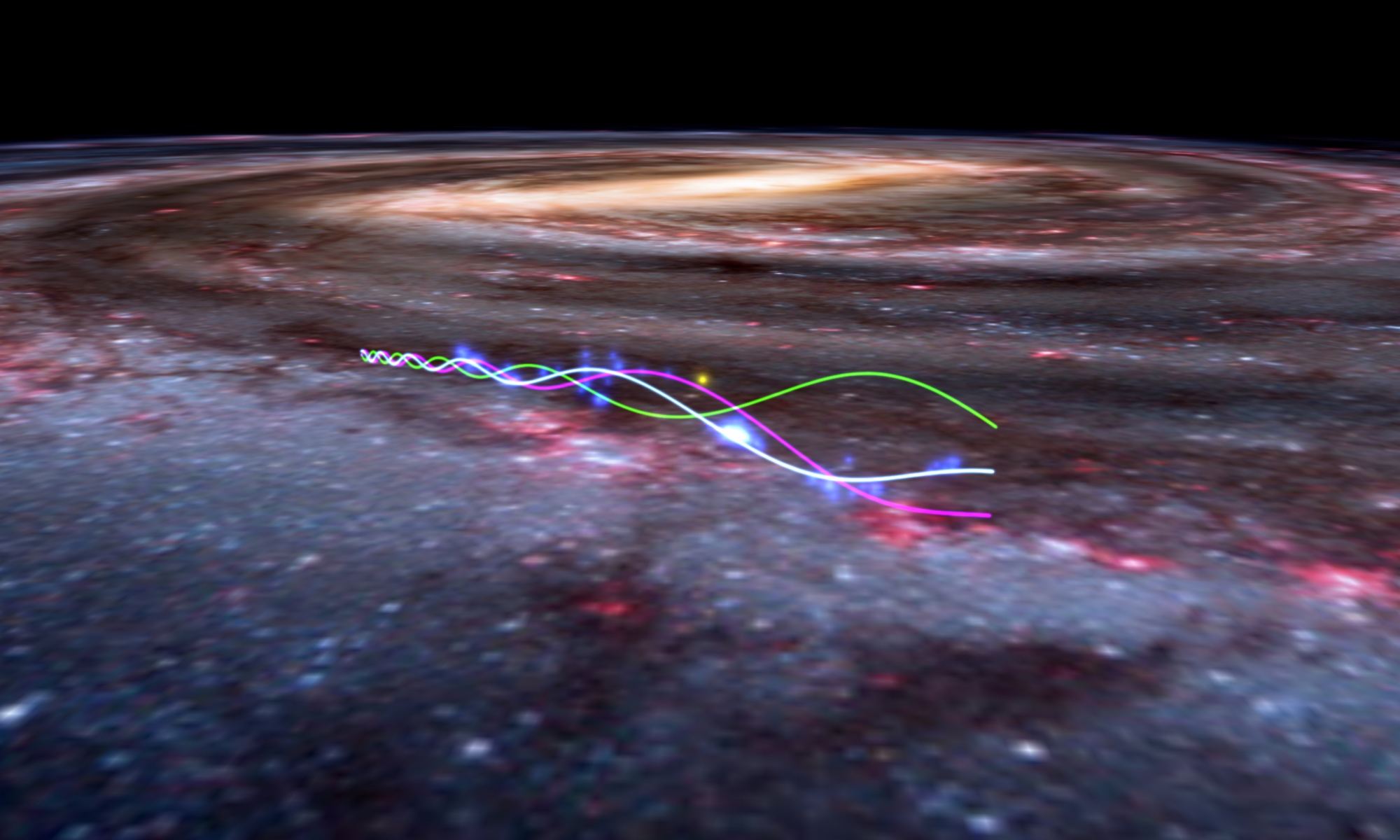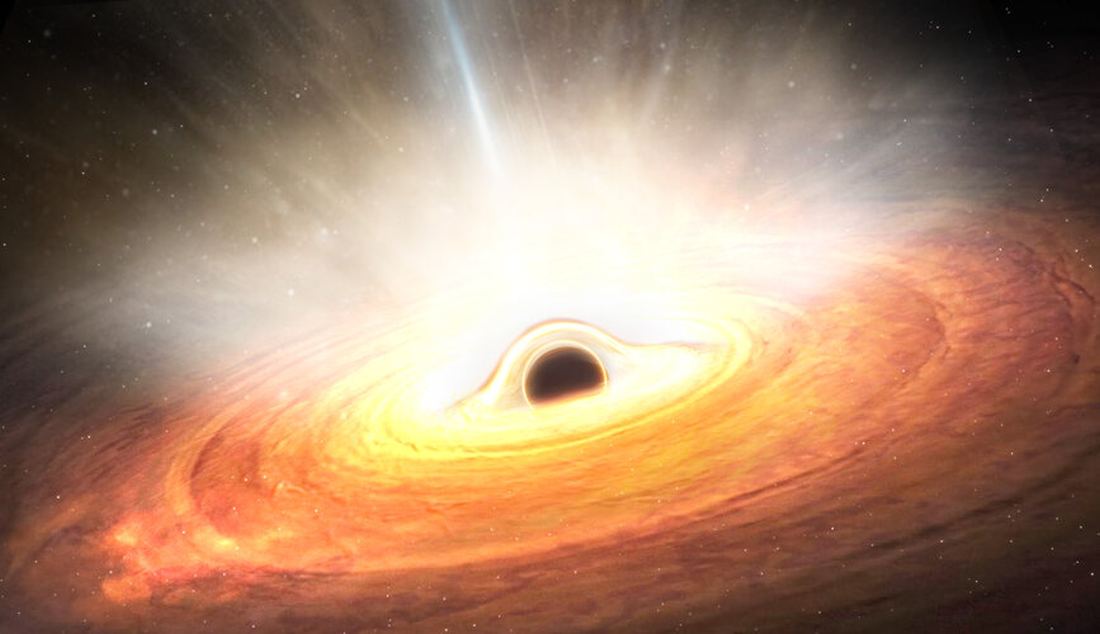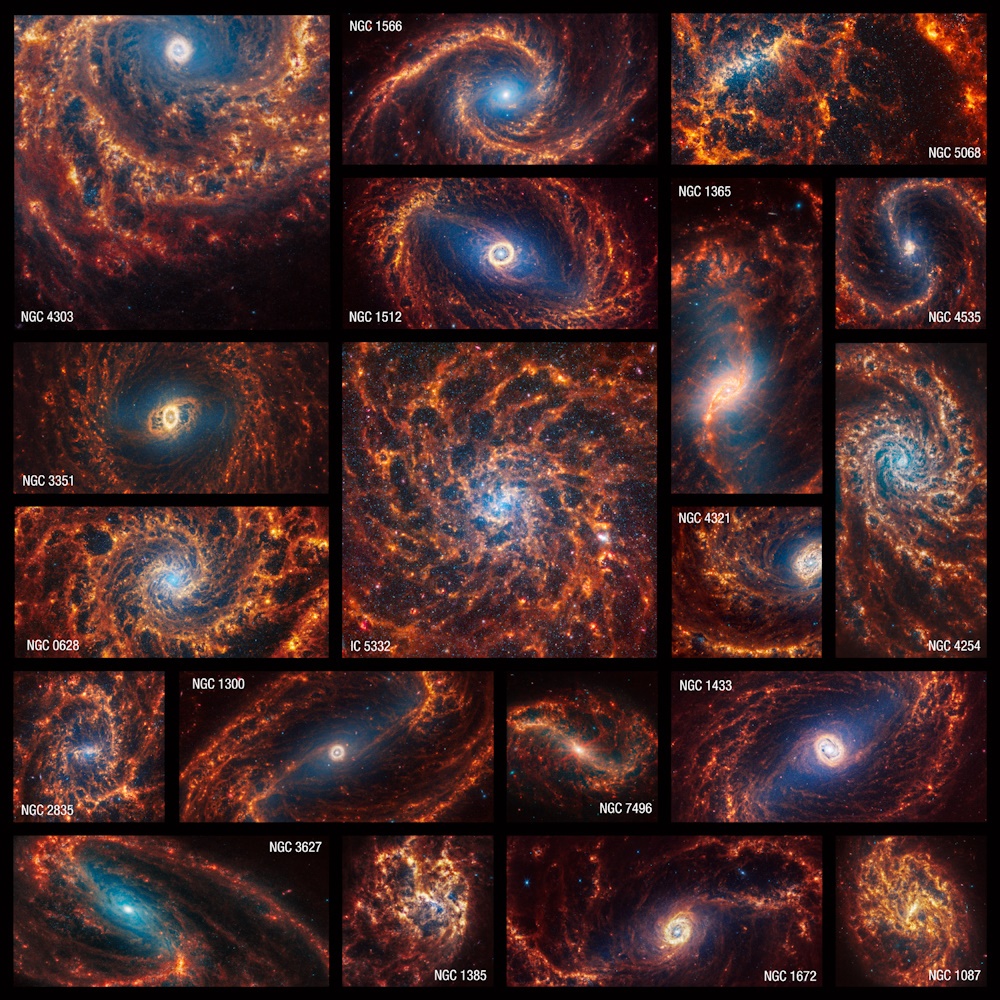Look at most spiral or barred spiral galaxies and you will see multiple regions where stars are forming. These star forming regions are comprised of mostly hydrogen gas with a few other elements for good measure. The first galaxies in the Universe had huge supplies of this star forming gas. Left unchecked they could have burned through the gas quickly, generating enormous amounts of star formation. Life fast though and die young for such an energetic burst of star formation would soon fizzle out leaving behind dead and dying stars. In some way it seems, galaxies seem to regulate their star formation thanks to supermassive black holes at their centre.
Continue reading “Galaxies Regulate their Own Growth so they Don’t Run Out of Star Forming Gas”Galaxies Regulate their Own Growth so they Don’t Run Out of Star Forming Gas




